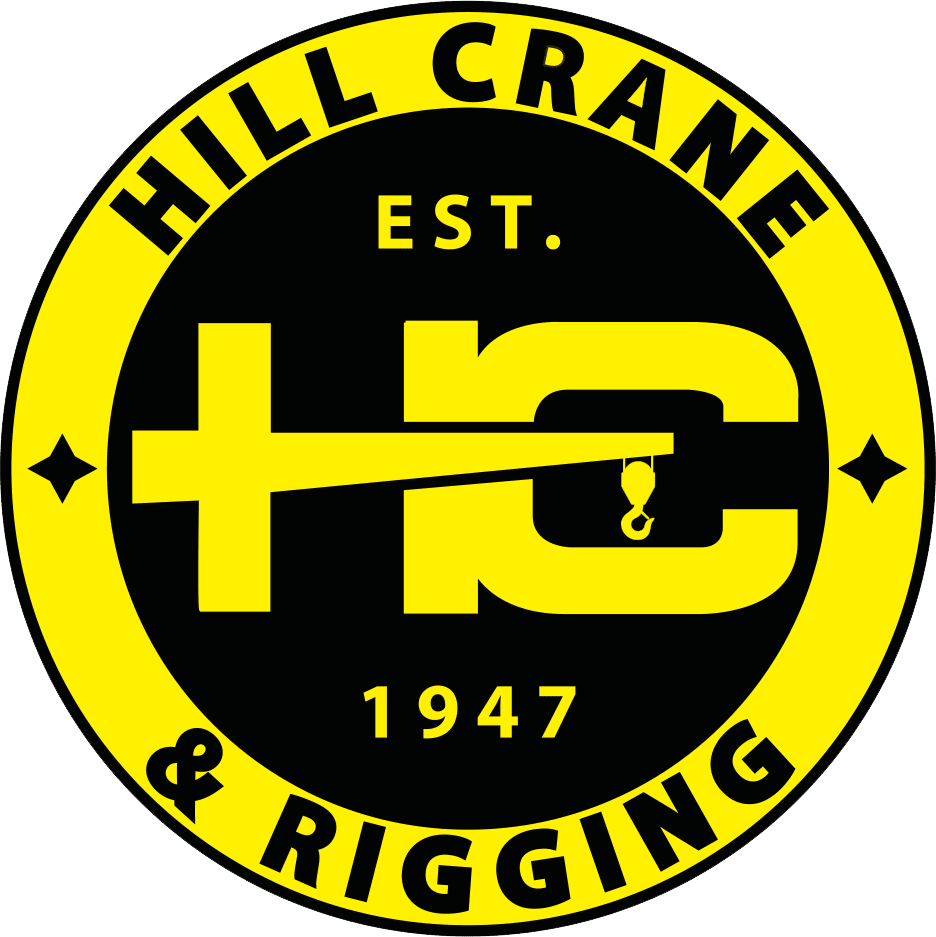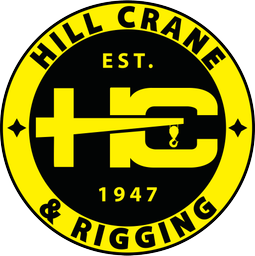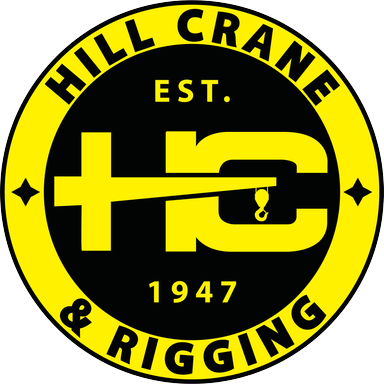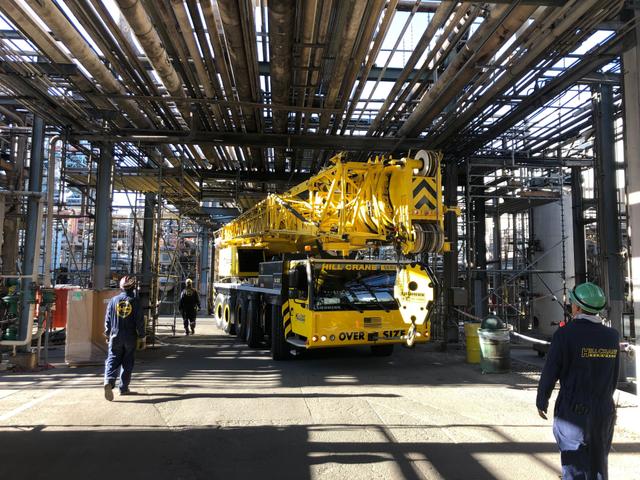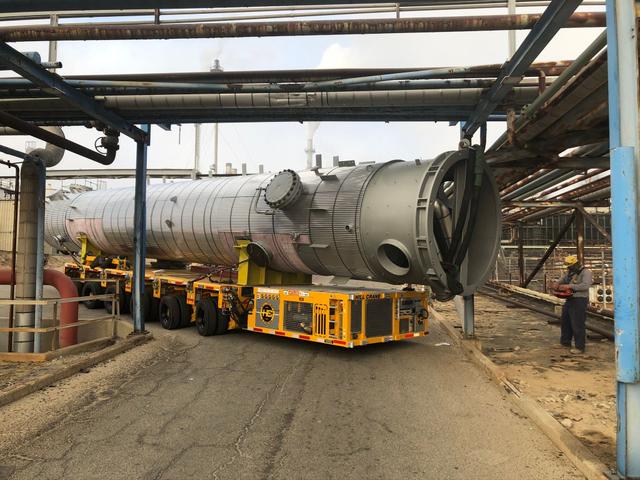Telescopic cranes have become a cornerstone in today’s construction and industrial lifting work. They combine adjustable boom reach, fast setup, and mobile versatility to handle a wide range of lifting challenges. Whether your project is in a dense urban site or an open industrial yard, these cranes adapt to the environment while delivering reliable, safe, and efficient lifts.
Learn how their engineering and flexibility make telescopic cranes an indispensable choice for modern projects where time, space, and safety are critical.
What Makes Telescopic Cranes Different?
A telescopic crane uses a hydraulic boom system that can extend and retract to meet different height and reach requirements. This boom is made of multiple sections that slide inside each other, much like the segments of a telescope, which gives the crane its name.
Unlike lattice boom cranes, telescopic models can be adjusted quickly on site without lengthy assembly. Their compact footprint makes them easier to position in tight or restricted spaces, and their hydraulic controls allow smooth, precise movement. This flexibility helps operators adapt to changing jobsite conditions without slowing down the work.
The Key Advantages of Telescopic Cranes
Enhanced Maneuverability and Transport EaseTelescopic cranes can be transported to a site quickly and moved easily once there. Many are truck-mounted or all-terrain models, making them suitable for both city streets and rugged jobsite conditions.
Fast Setup and Time SavingsBecause the boom can be extended hydraulically, setup time is significantly reduced compared to cranes that require assembly. This helps crews start lifting sooner and complete projects faster.
Versatile Boom Reach for Varied Tasks and Tight SpacesThe adjustable boom length allows the crane to handle both short-reach lifts and high-reach jobs. This adaptability makes it a single solution for multiple tasks on the same site.
Increased Safety and Precise ControlHydraulic systems provide smooth boom movement and stability, reducing the risk of sudden shifts or instability. Many modern telescopic cranes also include advanced safety features like load moment indicators and outrigger monitoring.
Cost Efficiency in Rental and OperationsFaster setup, reduced crew time, and the ability to handle diverse lifting tasks mean fewer machines are needed on site. This translates into cost savings on rentals, labor, and logistics.
Real-World Applications Where Telescopic Cranes Shine
Telescopic cranes are a go-to solution across industries because they combine reach, power, and mobility in one machine. Common use cases include:
- Urban construction: Ideal for navigating tight job sites and performing precision lifts between buildings or in congested downtown areas.
- Industrial maintenance and shutdowns: Handles heavy component swaps and repairs quickly to minimize downtime.
- Utility and telecom installations: Perfect for placing towers, poles, or high-mounted equipment with minimal disruption.
- Event setup and modular/pre-fab work: Speeds up assembly of large stages, pre-built structures, and modular units with efficient lifts.
How Telescopic Cranes Align with Hill Crane Expertise
Hill Crane’s fleet and team are built around delivering the right crane for every lift. Our telescopic crane services stand out because of:
- Local fleet versatility: From boom trucks to all-terrain telescopic cranes, we match equipment to project needs.
- Engineered lift planning: Every job is planned for precision, safety, and optimal efficiency.
- Certified operators: Skilled in both tight urban setups and high-capacity lifts, ensuring flawless execution.
- Emphasis on efficiency: Fast mobilization, experienced crews, and the right equipment to keep your project on schedule.
Safety Tips & Best Practices for Telescopic Crane Use
Safe crane operation is essential to protect crews, equipment, and the work site. Key practices include:
- Operator training and certification: Only trained and licensed operators should control the crane, ensuring compliance and skill in handling complex lifts.
- Pre-lift planning and load analysis: Evaluate the load weight, lift radius, and boom configuration before every lift to prevent overloading and instability.
- Environmental considerations: Monitor wind speeds, ground stability, and overhead obstructions to adjust operations and maintain safety.
- Regular maintenance routines: Conduct frequent inspections, especially on hydraulic systems, to ensure smooth and precise boom movement.
Frequently Asked Questions
A telescopic crane uses a hydraulically powered boom that extends and retracts to adjust reach for lifting operations.
They offer fast setup, flexible boom length, and strong mobility, making them ideal for varied job site conditions.
Get Expert Telescopic Crane Support
Need a versatile lift in a tight space? Hill Crane delivers local telescopic crane rentals backed by certified operators and engineered lift planning. Whether your project is in a dense urban setting or a remote industrial site, our team ensures fast mobilization, safe operation, and precise execution from start to finish.
Contact us today to discuss your lift requirements and get a same-day quote for telescopic crane support tailored to your project’s needs.
